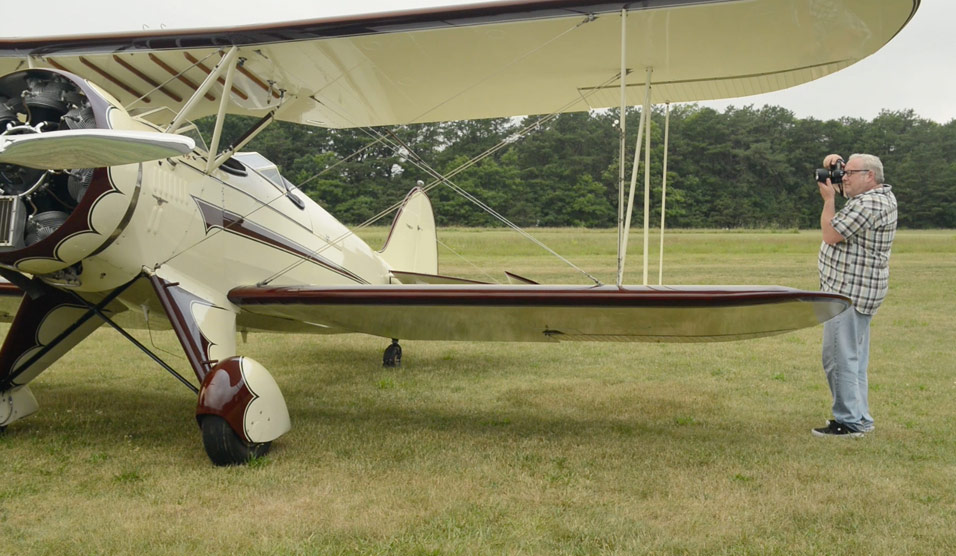Benefits to Using a Zoom Lens
Benefits of Using Zoom Lenses - Learn the benefits of using zoom lenses with your Nikon DSLR.
Many photographers have found the versatility of today’s modern zoom lenses invaluable. Using a zoom lens allows you to quickly frame your shot and experiment with different options of the same scene without physically needing to move either away from—or closer to—your subject.
When it comes to wildlife photography specifically, you can’t always get as close to subjects as you’d like, and sometimes, you want to work from a safe distance. Zoom lenses make it possible to get the shots you need. And today’s zoom lenses are lighter and more compact than older generation lenses, making them a convenient choice as well.
Zoom lenses are fast too. Sure your prime lenses are fast—some at f/1.8 or f/1.4 but there are many zoom lenses that are only slightly slower at f/2.8, f/4 and f/3.5-5.6.
Why use a zoom lens instead of a prime? Zooms are popular for their versatility and convenience of being able to contain a range of focal lengths in one easy to carry lens; as opposed to carrying individual prime lenses for each focal length you might want to shoot. For example, say you want to take photographs at a range of focal lengths from 28mm through 300mm. You could use a 28-300mm lens, or you could pack all of these lenses: 28mm, 35mm, 50mm, 85mm, 105mm, 200mm and 300mm, and switch lenses depending upon the image you’re trying to create. What’s more convenient to carry, one lens or seven?
A wide range of variable focal length or zoom lenses are available to suit most photographers’ needs, from the ultra wide to medium telephoto, all-in-one and super telephoto options. Some options include: 12-24mm, 16-35mm, 18-55mm, 18-140mm, 24-70mm, 24-120mm, 28-300, 70-200mm, 80-400mm, 200-500mm and on and on.
Fixed or Variable Maximum Aperture Zooms
Zoom lenses may utilize a fixed maximum aperture like f/4 or a variable maximum aperture such as f/3.5-5.6. On many zoom lenses the maximum aperture will change as you zoom because these zoom lenses have a variable aperture. To achieve the widest possible aperture, you need to be at the widest possible zoom setting. A zoom lens like this might have an f/3.5-5.6 aperture range, which means at the wide end of the zoom the aperture will be f/3.5 but as you zoom into the scene, the lens closes down to an f/5.6 maximum aperture. Zoom lenses that have a fixed aperture, as in the case of an f/4 zoom lens, will stay at f/4 throughout the entire zoom range.
Zoom lenses let you travel light and shoot quickly, benefits that can’t be beat.






